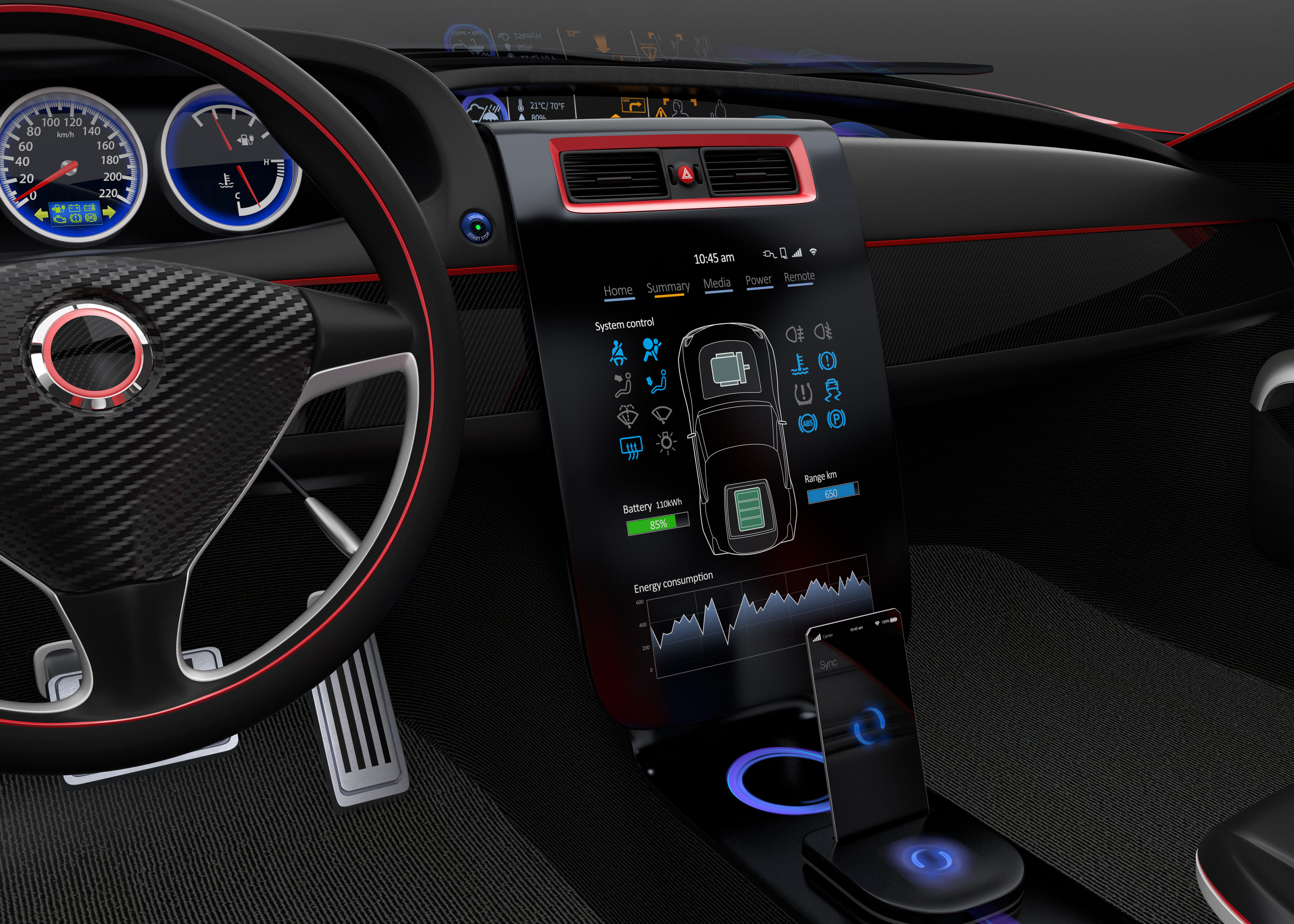Edge Computing
By Greg Bohl
So what is edge computing and how does it fit into the automotive world? Edge computing can mean a lot of things to a lot people as it’s considered a frontier technology in computing as of this writing. Generally it just means a processor or sub-system takes the inbound signals (input), enhances the data typically via an analytic model, potentially takes action on the results, and then passes on the action, raw data, enriched data, or any combination of, to another device within or outside of the systems it operates. Still fuzzy? Is this answer too much big four vagueness? Probably, so let’s take a look at two examples.
Example 1: Predictive Tire Replacement
I can build a predictive analytics model that will determine when a vehicles factory tires will need replacing using just a few factors: Ambient temperature, mileage, tire inflation, braking, acceleration, and cornering speeds/force. One way to solve this is to upload the data elements listed above on a weekly or monthly basis to the OEMs centralized computer/data lake via OTA and then process the data using a predictive/perceptive model. The analytics model will predict when the tires will be worn below a safe level and prescribe a solution to the registered owner. The solution could recommend the same tire, or a higher performance tire based on the drivers behavior. Based on the mileage driven, an email or text can be sent to the owner 90 days before the date of replacement, and every thirty days after until the tire replacement happens. If you want to get fancy the email or text could include the nearest tire store carrying the correct tire brand.
Now, let’s look at the same scenario using edge computing. If I take the same inputs and data model, but process the information daily using an on-board processor or system verses sending the data out to be analyzed it becomes edge computing. At a high level, I need to make a few adjustments including the addition of Machine Learning (ML)/AI to my data model so the model learns about the driving patterns and thereby keeping a minimal amount of historical data. When the timing/mileage milestone is hit, a text message is displayed on the infotainment system and if the owner opted in for messaging an email is sent from the car (not from the OEM) about tire replacement. The car itself can figure out the nearest tire store without engaging the OEMs systems or resources. In addition to edge computing being a more optimal solution, this scenario reduces the amount of data transmitted from the car thereby lowering operational costs. Does this completely remove the OEM? Not entirely. If the data model detects abnormal wear (heat, vibration, and inconsistent pressure changes) the OEM can be notified via OTA of a potential tire recall before the event becomes catastrophic for the OEM or the car owner.
Example 2: Predictive Air Conditioner Performance.
Air conditioning performance is something most of us don’t think about unless it starts to fail. Then the routine is well established. You take the car into the local dealer, they read the Diagnostic Trouble Codes (DTC)s, throw some gauges on, then charge you $350 to replace the lost Freon and a $2 Schrader valve. If that’s not the problem it goes downhill from here including buying a new car because you just don’t want to deal with the mystery or expense of a major air conditioning failure.
But what if the OEM put an edge computing device on the Schrader valve tap or on an AC compressor connector? The device itself can be the size of a thumbnail and it can have an embedded analytics ML model that measures the pressure (valve) or cycles (compressor connector). It self learns about the performance, and then reports anomalies to the vehicles infotainment system, which it turn displays a message in a driver friendly way. Wouldn’t be great if you had a message that said “The air conditioning system has dropped below 80% efficiency, it appears I’m leaking Freon and you should take me to service center for a checkup”. Compare this to today’s solution of sweat running down your forehead on the first 80 degree day when you “discover” the AC has failed sometime over the winter, then followed by a high stress and worry visit to your local car dealer or mechanic.
Edge computing is coming to the connected car in a big way. Think I’m off-base? Take a look at Business Insider or even with Government Technology Magazine from 2015. All are predicting edge computing will change how cars are designed and function as part of IoT.
